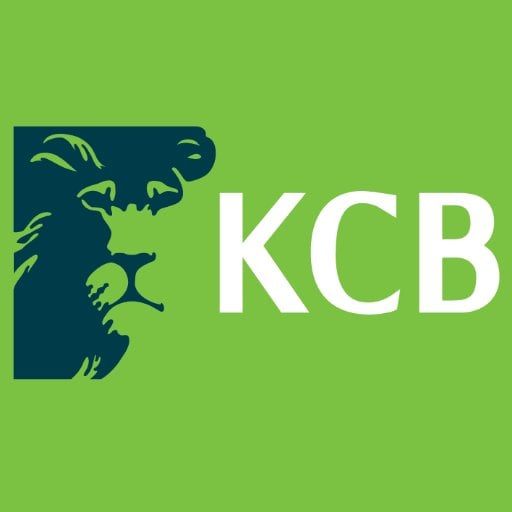
KCB’s total assets stood at Kshs 1.55 trillion in the year ending December, compared to Equity’s total assets of Kshs 1.44 trillion, regulatory filings show, making it the largest lender in the country by asset size on the back of an aggressive expansion of foreign subsidiaries.
 However, KCB trailed Equity in profitability in the period with KCB stating it did not include the full-year profits from its recently acquired subsidiary in DRC.
However, KCB trailed Equity in profitability in the period with KCB stating it did not include the full-year profits from its recently acquired subsidiary in DRC.
KCB said it absorbed a loss of Kshs 65 million out of the DRC business for the month of December. Had KCB consequently consolidated a full year, it would have absorbed a profit of Kshs 3.2 billion from the Congo unit.
Shareholders of both banking giants will be keenly waiting to see the performance of both lenders when they release their first-quarter results in the near term.
 Equity pipped its Kenyan rivals including KCB in the year ended December 2022 when its profit before tax led the Kenyan banking industry at Kshs 59.8 billion equivalent to Kshs 2.5 billion ahead of KCB’s Kshs 7.3 billion.
Equity pipped its Kenyan rivals including KCB in the year ended December 2022 when its profit before tax led the Kenyan banking industry at Kshs 59.8 billion equivalent to Kshs 2.5 billion ahead of KCB’s Kshs 7.3 billion.
KCB chief executive Paul Russo and Equity CEO James Mwangi have maintained that the wider eastern Africa region offers an immense opportunity for new growth and signaled plans to continue with their expansion.
According to the regulatory disclosures, KCB’s customer deposits stood at Kshs 1.14 trillion ahead of Equity’s Kshs 1.05 trillion. KCB Group and Equity Group are the only two Kenyan-based banks with more than a trillion shillings in customer deposits base.
The gap is even wider in net customer loans with KCB leading the pack with Kshs 863 billion, equivalent to Kshs 156 billion more than Equity’s Kshs 706 billion loan book.
KCB’s shareholder funds stood at Kshs 200 billion while Equity’s at Kshs 182 billion.



















